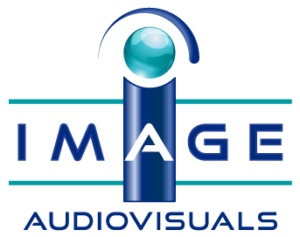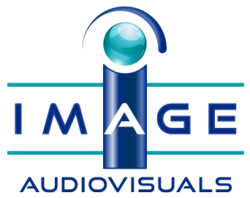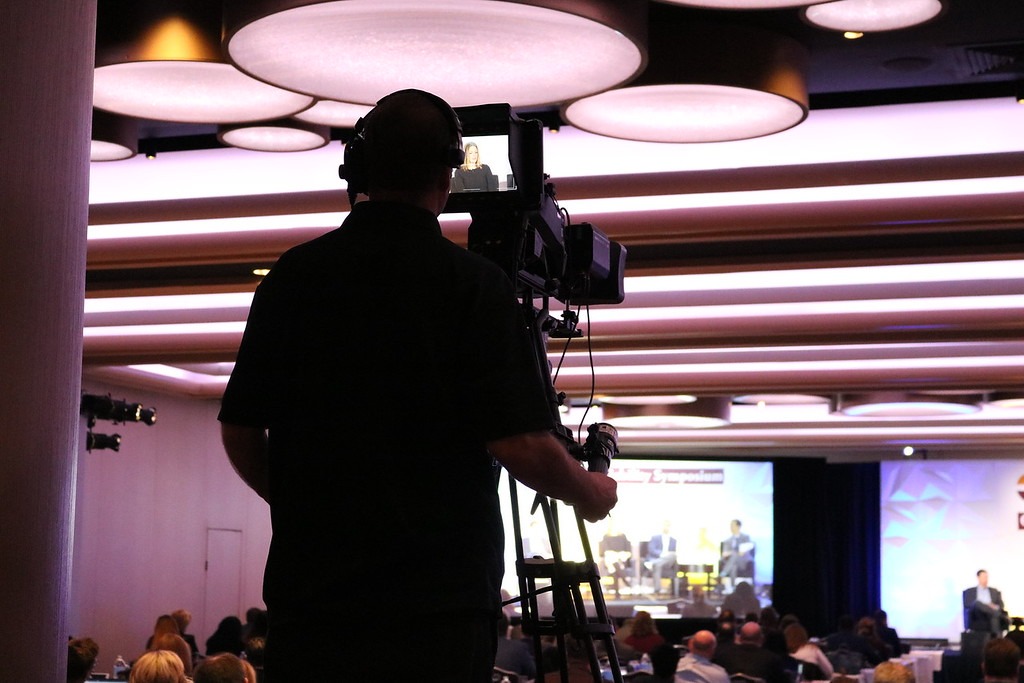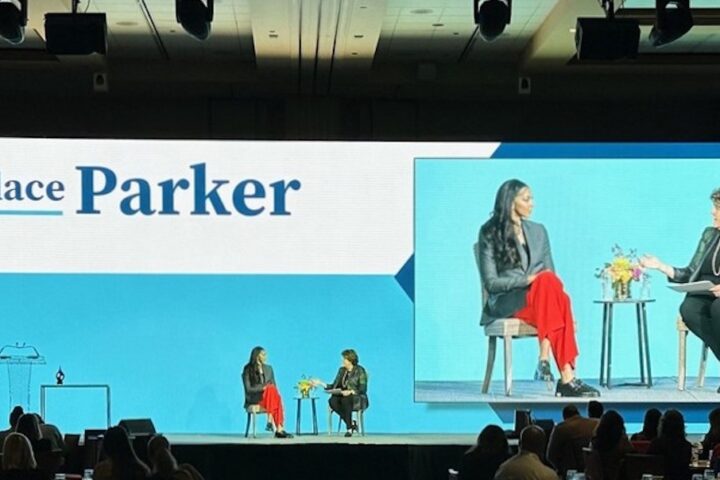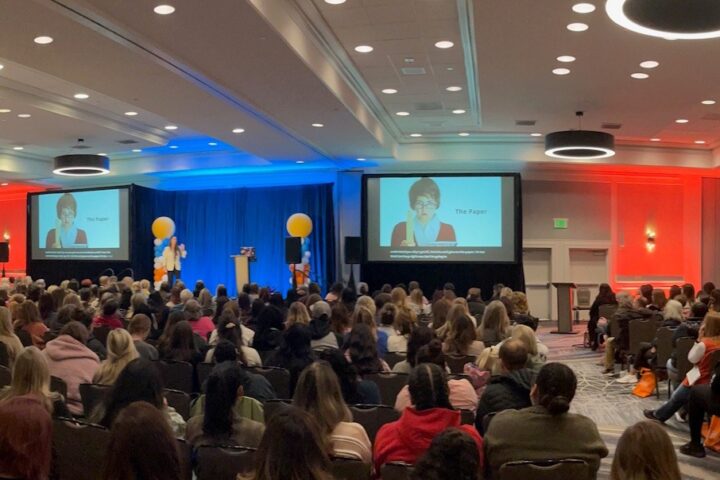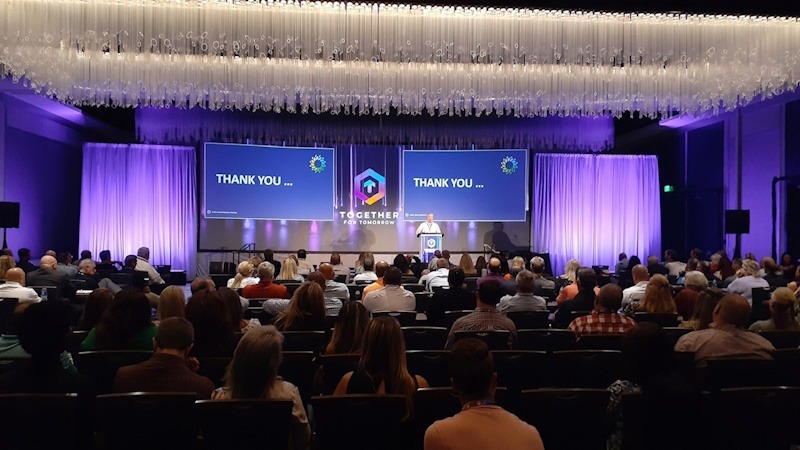Planning a hybrid event? You’ve got a lot of decisions to make! One big one being how your virtual audience will consume the content from your onsite speakers. In this article, we outline the four most common ways:
1. Stream All Sessions Live
Live streaming all sessions (general and breakout) live is usually the first option planners think of. It’s the best solution for both onsite and online audiences to consume the same content at the same time, and it can facilitate greater networking and discussion in breakouts between both groups, no matter the location.
But success is heavily dependent on the internet quality at your venue, which may work better in some areas than others. You’ll also need a streaming technician and equipment in each room, so this plus the internet charges often makes it the most expensive hybrid option.
2. Stream General Sessions, Record Breakouts
Another popular option is to have all your general sessions (usually and opening and closing) streamed live to audiences, while breakout sessions are recorded onsite and posted for your virtual viewers to watch at a later date. This is of course a content delay, but it’s often done with just a 24-hour turnaround time. It also means you’ll likely utilize an on demand platform, which can translate to more revenue through additional session and sponsorship sales.
We’ve seen planners get creative with this option by having two separate schedules for their attendees. The live crowd follows a typical agenda with sessions covering 2-3 full days. The virtual viewers will have a few extra days – starting a day late for the breakout sessions – reducing the amount of consecutive hours in front of their computer screen. As a bonus, the breakout presenters can be available to chat with and answer questions since the session is at a later date.
On hybrid budget scales, this solution generally falls in the middle.

3. Stream General Sessions, Pre-Record Breakouts
Here, your online attendees watch the general sessions streamed from the venue, and all the breakouts have been pre-recorded so they get to watch the scheduled session “live” as well.
While it does take some extra planning, in our opinion, this is an underutilized option. You get to run your event simultaneously for both audiences and you greatly mitigate technical problems trying to stream from the venue. And since the breakout sessions go through the virtual production process, your virtual attendees will be watching broadcast-quality content which is known to increase engagement.
You can also have your speaker join live at the end of the virtual session to answer any Q&A that audience may have. We recommend having a dedicated staff member monitor the chats and pull out a few of the top questions for a quick and smooth turnaround.
If you needed another reason to consider this option, it’s the least expensive streaming and recording combo.
4. Record All Sessions Onsite for Content On Demand
This was the most popular hybrid option before 2020, where all onsite content was recorded then posted for attendees following the event.
It of course has the least amount of interaction between audiences and speakers, but it’s a very cost-efficient way to reach a wider group of your base, especially if your main goal is group education. Not every session or presentation type is built for interaction so there are plenty of times when a content delay isn’t a big deal.
Utilizing an on demand platform again increases revenue and sponsorship options, is great for offering CE credits, and removes traditional financial barriers (like airfare and hotel) for attendees. Since no sessions are streamed live, this is the least expensive hybrid option. Keep in mind that not all general session speakers allow their presentations to be recorded, so you’ll need to work those details out in advance.
